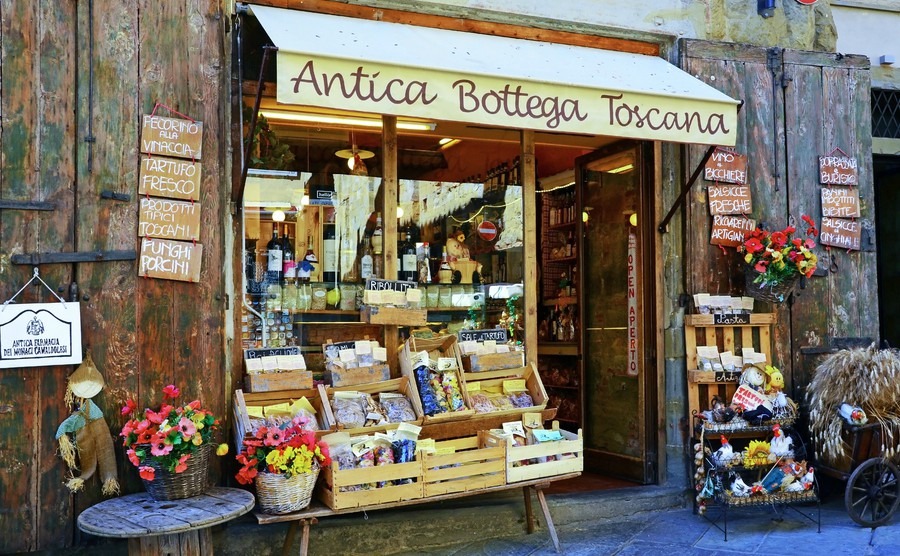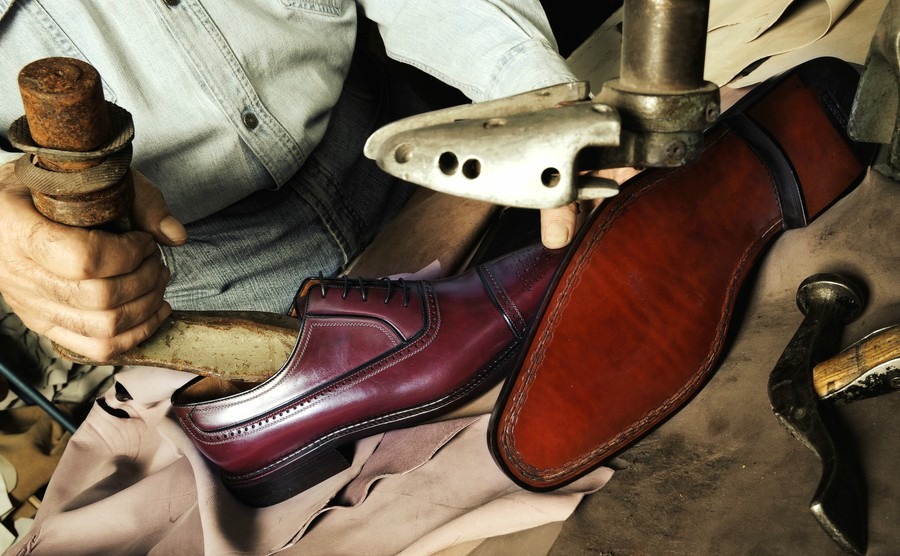Find homes in Italy via our property portal.
Could politics get in the way of us buying the wonderful Italian products that many of us love so much? And how can we be sure that our Italian-looking goodies really are the genuine article? A new app will help.
As President Trump talks about “Only America first, America first”, Italian exporters are worried that on top of Brexit damaging their UK sales, Donald Trump will introduce protectionist policies that will make it more expensive to export Italian goods to the United States too.
Many Americans and Brits love Italian products from food and drink to cars and fashion. Top Italian brands include Martini, Armani, Dolce & Gabbana, Gucci, Prada, Benetton, Eataly, TicTac, Ferrero, Fiat, Ferrari and Lancia to name just a few. Plus, there are thousands of smaller businesses packaging up their handmade crafts and regional products to send abroad.
Last year Italy exported €37billion’s worth of products to the United States, an increase of nearly 3 percent on the year before. Around 10 percent of that is food and drink, with wine, olive oil, cheese and pasta being big sellers. Italy can boast that it has almost 5,000 listed traditional food products, 60,000 organic farms, as well hundreds of recognised DOC/DOCG wines. Most Americans, however, are actually buying Chianti produced in California and Italian-type cheeses made in Wisconsin. As many as two thirds of Italian gourmet products found abroad could be fake, costing the country as much as €50billion.
To be sure you are buying “Made in Italy” I recommend coming to live in Italy!

A grocery store in Arezzo (maudanros / Shutterstock, Inc.)
Canny business-people know that giving something an Italian-sounding name can shift their products in many global markets, so there are lot of fakes out there, particularly in food, drink and fashion. This is bad news for those Italian businesses sourcing their materials and labour locally and using traditional skills to produce an authentic quality product. When you live in Italy you become aware of the pride Italians have in their local cuisine, with most regions having their own type of pasta, specialty dishes and wines. They will buy local produce whenever possible, so that firstly they know where their food is coming from, and secondly, they can support local farmers and manufacturers. Italian towns still have weekly markets and small family-run shops selling local produce. Often you can buy dairy products straight from the farm. It’s not surprising that many visitors fall in love with the food enjoyed on their holiday and try to buy it back home. Sometimes they even ask for it to be posted directly to their home from the producer. This can be a good way of getting the products you love, although the delivery charge can add a lot to the cost. To be sure you are buying “Made in Italy” I recommend coming to live in Italy!
For those buyers outside the country, however, how are producers to counter the threat posed by countries with cheap labour and inferior products offered at lower prices? Italian farmers, companies and craftspeople have come to realise that, realistically, it is only in the power of the consumer to decide whether to pay extra for a product they are sure is “Made in Italy”.

Handmade Italian shoes
Consumers wanting that quality should, firstly, look out for the “100% Made in Italy” logo. This certificate is only awarded to products that are designed and manufactured entirely in Italy, made with quality natural materials, made following traditional working methods and made in observance of Employee Health and Safety Standards. Consumers can check the true origin of a certified Italian product on the www.madeinitaly.org website.
A non-profit organisation called Reliabitaly have also just launched a free smartphone App that can be used to verify that the item claiming to be Made in Italy really is
A non-profit organisation called Reliabitaly have also just launched a free smartphone App that can be used to verify that the item claiming to be Made in Italy really is. Shoppers can scan the product’s bar code to find out if it really is of Italian origin and receive further information about how the item was made. The database of this new app relies on manufacturers registering with them, so at the moment it is still work in progress, but once everyone is on board it will become a good tool in the fight against fakes. You can get the App and more information on their website, Reliabitaly.com.










